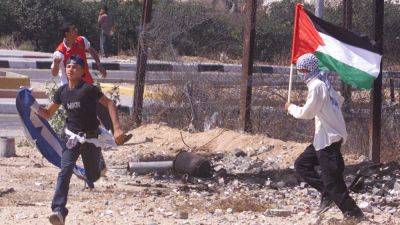Euroviews. The Israel-Hamas ceasefire is a deal that cannot last
With the release of three civilian women on Sunday, the first phase of the ceasefire between Israel and Hamas has begun, followed a few hours later by the release of 90 prisoners from Israeli jails.
This first phase will continue for six weeks, at the end of which Hamas will release 88 hostages (whether dead or alive), and Israel will have freed a total of 1,904 Palestinian prisoners. However, the most politically important prisoner perishing in an Israeli jail, Marwan Barghouti, will not be among them.
The deal was brokered by the United States, Qatar and Egypt. The latter two seek to begin rebuilding the devastated enclave during the first phase rather than in later stages.
Most commentators doubt that the deal will actually go through its second and third phases. The expectation is that absent great pressure from involved outside parties, either the Israeli government or Hamas — which made a show of force during the release of the first three hostages — will break the process as such a development would serve their interests better.
Or, as Paul Pillar put it, “the negotiators reached a short-term bargain while punting more difficult issues”.
In truth, the first phase of the deal is relatively easy to implement and gives all parties a respite from draining conflict.
As the hostages are exchanged with prisoners for the long-suffering and displaced Palestinians of Gaza, there will be a substantial flow of food, medicine and other basic necessities.
After the six-week ceasefire, any extension will depend on the success of future negotiations. In the second and third phases of the deal, more hostages, some of whom may already be dead, ought to be exchanged with more prisoners.
In the meantime, Israeli forces are to withdraw








